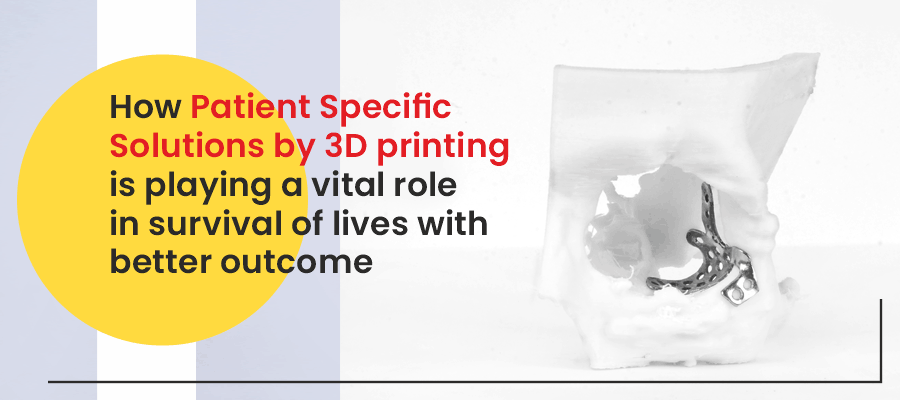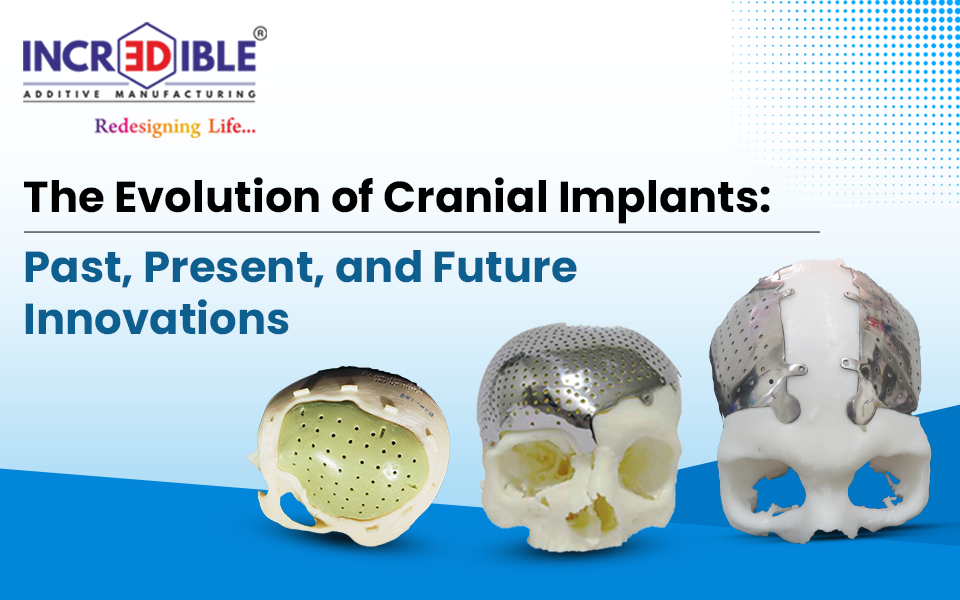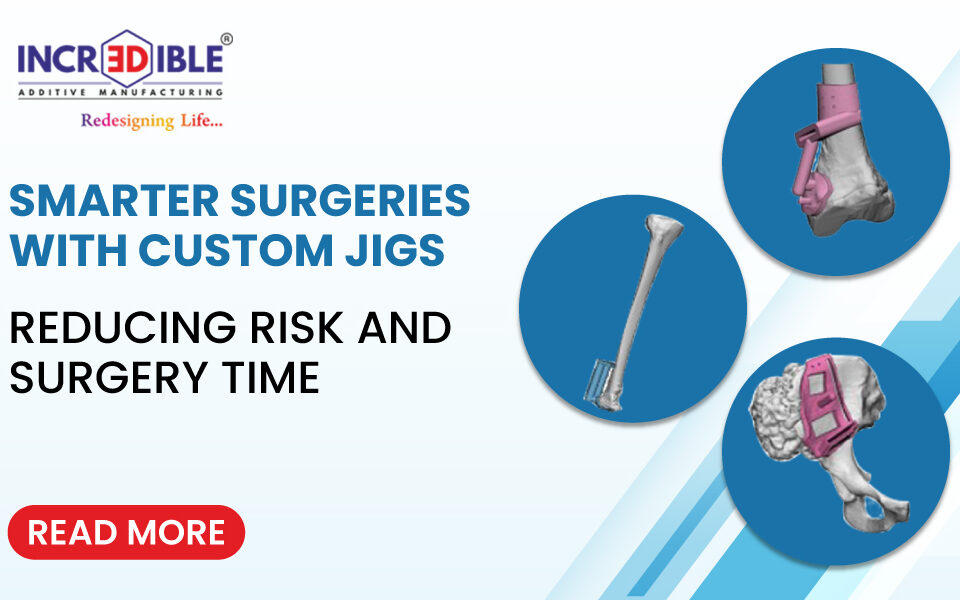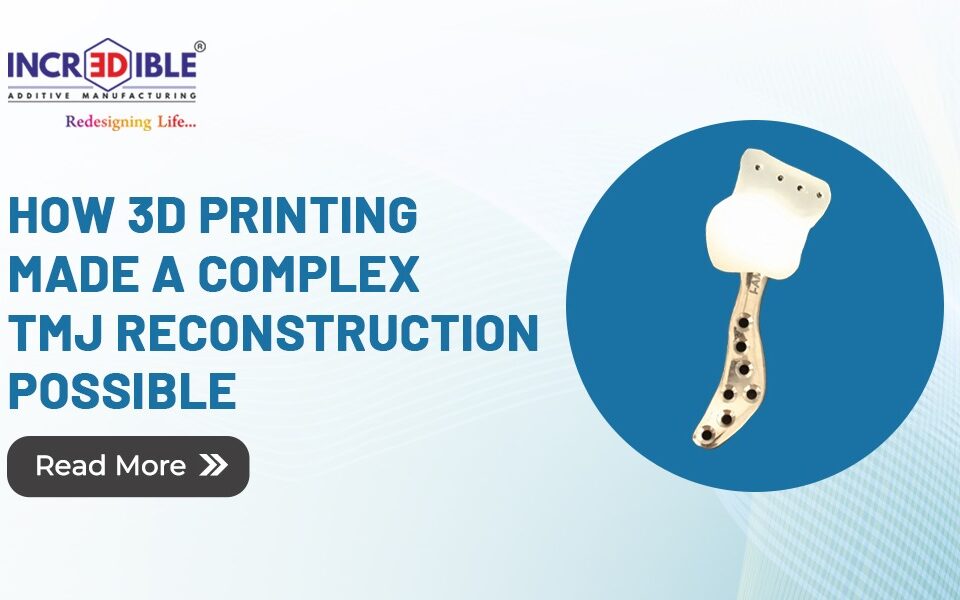3D printing or additive manufacturing is based on the principle of layered manufacturing, in which materials are overlapped layer by layer. This technology can be used to quickly fabricate components with a complex structure by accurately accumulating information using a computer-aided design (CAD) model or computed tomography (CT) scan under computer control. The 3D printing industry has recently found extensive demand due to the reduced manufacturing costs of 3D printers and to their improved printing precision and speed, allowing for huge advances in medical equipment, implant material, and cell printing.
The preparation of organ models, rapid manufacturing of personalized scaffolds and printing at the defect site can be achieved by 3D printing technology based on a patient’s imaging data such as CT or magnetic resonance imaging.
3D printing technology brings new possibilities for medical professionals by providing better outcome and patient specific solutions. We will discuss the patient and surgeon specific advantages for them:
Advantages for patients by customised 3D printed implants:
1. 3D printing has the advantage of rapidly fabricating customized medical models which leads to faster surgery and less appointments with doctor.
2. Permanent medical implants are commonly used in dentistry and orthopaedics which require non-degradable biomaterial. Integrating topology-optimization designs with 3D printing makes lattice structure implants, which offer good biocompatibility after surgical operations and are extremely lightweight in comparison to traditionally casted implants.
3. Implants manufactured in customised size perfectly fit on patient’s body and start performing their functions early and help in speedy recovery of patients.
4. As the 3D implants are patient specific they provide good aesthetics to a patient’s body who have lost shape and confidence.
5. Traditional implants required more adjustments causing higher risk of infections, and are likely to delay post-op recovery. 3D printed implants help to resolve these problems leading to quick recovery with less pain.
6. 3D printed implants are also found to be economical due to lesser time in preparing and no expensive tooling involved.
Advantages for surgeon by customised 3D printed implants:
1. High-fidelity physical organ models play a significant role in clinical treatment and in medical education. 3D printed organ models primarily help doctors to perform surgical analysis and preoperative training.
2. Personalized medical models with complex shapes that are made using 3D printing can provide doctors and engineers with a medium for communication, and can assist in surgical planning and diagnosis.
3. Patient specific customized jigs are produced by 3D printing as per surgeon’s requirement which helps in precise resection of bone tissues and conserving them without any damage.
Conclusion:
From printing organs for helping prepare doctors for surgeries to print fully formed organs, 3D printing has well enabled a leap forward in human life expectancy. This article has brought in light how 3D printing has been playing a vital role in improving the survival of lives. 3D incredible is a leading additive manufacturing company giving 3D printing solutions with its incredible products providing medical solutions. Get in touch with our team for an advanced catalogue and details regarding our manufacturing facility.




